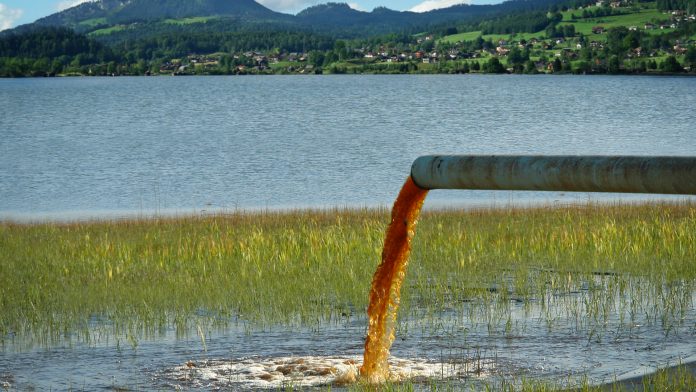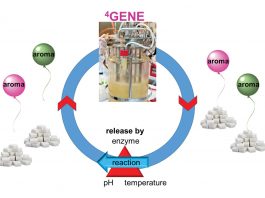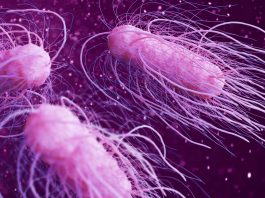Innovators from the University of Belgrade (UoB), Serbia, and South Ural State University (SUSU), Russia, have developed a method to safely reduce water pollution, using chlorine dioxide.
Chlorine dioxide is currently used as a water disinfectant to kill pathogenic microorganisms such as fungi, bacteria, and viruses. However, recent developments suggest that this compound can cheaply, sustainably, and effectively remove herbicidal water pollution.
Scientists from UoB and SUSU suggest that chlorine dioxide should be made from two chemically stable solid components in the form of a powder. Chlorine dioxide in this form can be safely transported over any distance and quickly applied. The environmentally friendly reagent returns the photosynthesis process in water and enriches it with oxygen.
Part-time senior researcher of the SUSU Department of Ecology and Chemical Technology, Professor Dragan Manojlovic, said: “We used state-of-the-art laboratory equipment to determine the degree of degradation of pollutants, the effectiveness, and the reaction paths. High-performance liquid chromatography, total organic carbon analysis, and gas chromatography with a mass spectrometer were performed. A test with Daphnia Magna was used to determine ecotoxicity.”
Manojlovic states that the first portion of the experiment studied the effectiveness of decomposition of pesticides in demineralised water. Once positive results were produced, the research team repeated the experiment on water samples that were in their natural state. After adding chlorine dioxide to the contaminated water, the oxidation process took place and only small amounts of sodium sulphate and sodium chloride remained. According to Manojlovic, these remaining chemicals are neutral and completely harmless inorganic salts.
The problem of water pollution
Pesticide runoff from farming, dyes from textiles factories, and pharmaceuticals waste pollute our water supplies. This can have an immense impact on human health and destroy aquatic ecosystems. The industries producing these pollutants often operate in less economically developed regions, resulting in the individuals with the least access to healthcare being the most affected.
The Natural Resources Defense Council suggest that farming and livestock production is the leading cause of water degradation. This occurs when rain washes fertilisers, pesticides, and livestock waste into our waterways.
Water pollution from agriculture causes excess nitrogen and phosphorus in rivers and oceans, resulting in toxic algal blooms which are harmful to people and wildlife. The newly introduced nutrients stimulate plant and algae growth, which in turn reduces oxygen levels in the water. This dearth of oxygen, known as eutrophication, suffocates plants and animals and can create ‘dead zones’, where waters are devoid of life.
According to a study published in The Lancet, water pollution resulted in 1.8 million deaths in 2015 and sickens 1 billion people each year. Waterborne pathogens, from human and animal waste infect low-income households with cholera, giardia, and typhoid. These people are forced to drink unsafe water with little access to healthcare, resulting in long-term health conditions and even death.









